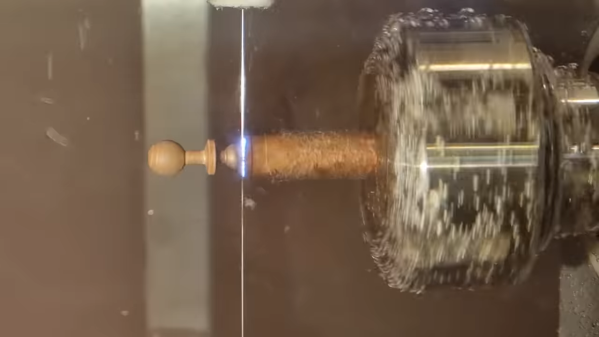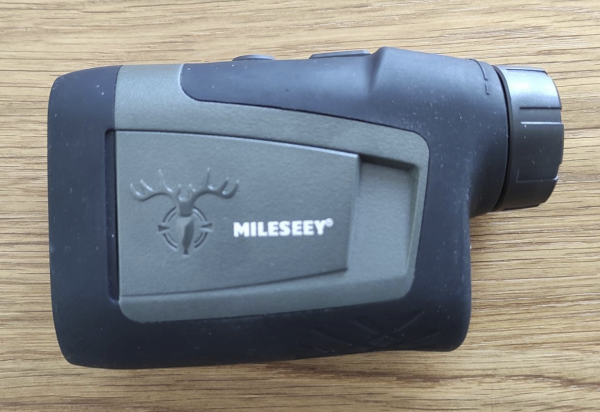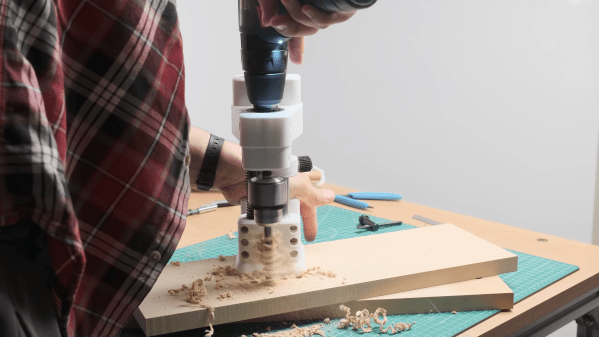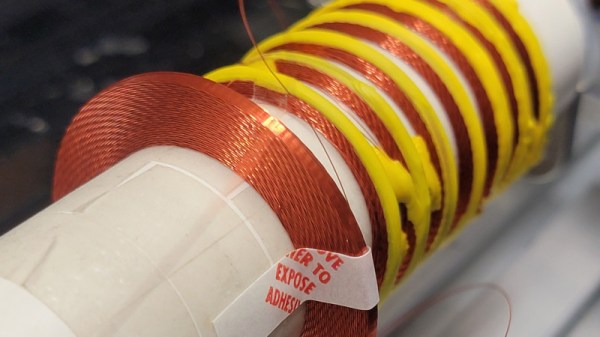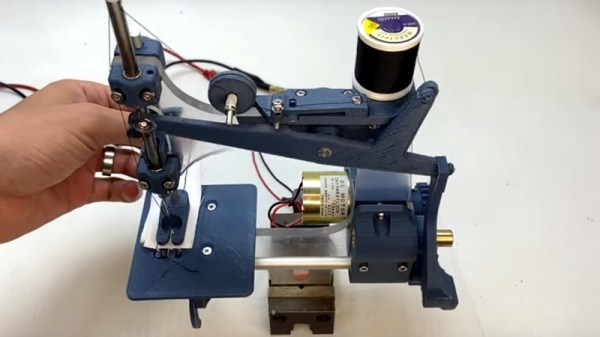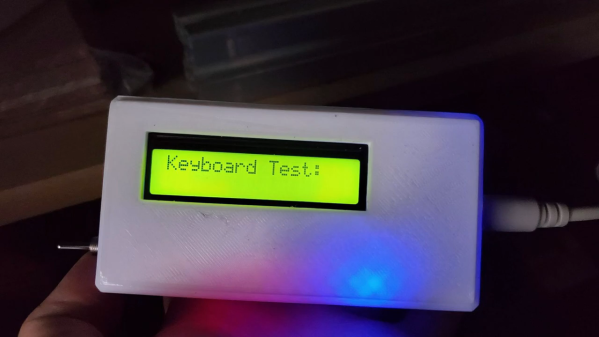They say that if you have a lathe, you have every other machine tool too. To some degree, that’s true — you can make almost anything on a lathe, including another lathe, and even parts best made on other machine tools can usually be made on a lathe in a pinch. But after seeing this lathe attachment for a DIY electric discharge machining tool, we might be inclined to see the EDM as the one machine tool to rule them all.
Now, we’ll admit that the job [BAXEDM] built this tool for might be a little contrived. He wanted to make some custom hex inserts for his Swiss Army knife, which seem like they’d have been pretty easy to make from hex bar stock in a conventional lathe. Then again, hardened steel is the kind of material that wire EDM was made for, and there seem to be many use cases for an attachment that can spin a workpiece against an EDM cutting wire.
That was really the trick of this build — spinning a part underwater. To accomplish this, [BAXEDM] built a platform to carry a bearing block that supports a standard ER-25 collet, with a bracket that holds a stepper clear of the water in the EDM cutting tank. There are plenty of 3D printed insulators too, to keep most of the attachment electrically isolated from the EDM current, plus exotic parts like ceramic bearings that won’t corrode under water. There were a ton of other considerations, too; [BAXEDM] goes through the long iterative design process in the video below, as well as taking his new tool for a literal spin starting at about the 27:00 mark.
If you’re intrigued by what EDM can accomplish — and who wouldn’t be? — but you need more background on the process, we’ve got you covered.
Continue reading “Cut Just About Anything With This Combination Lathe And Wire EDM”

